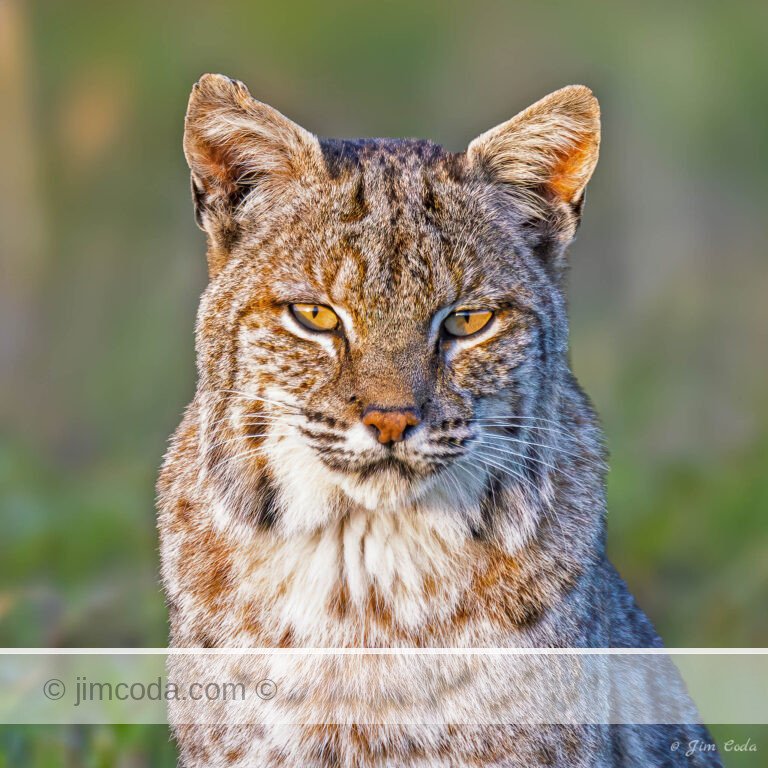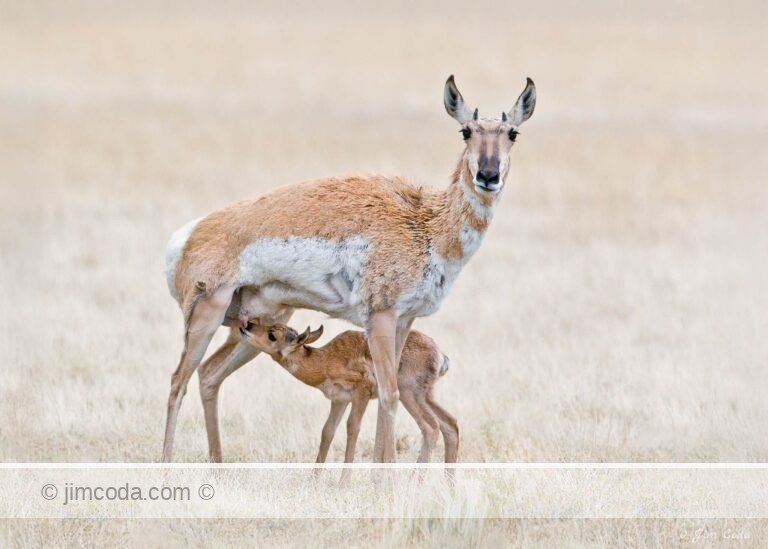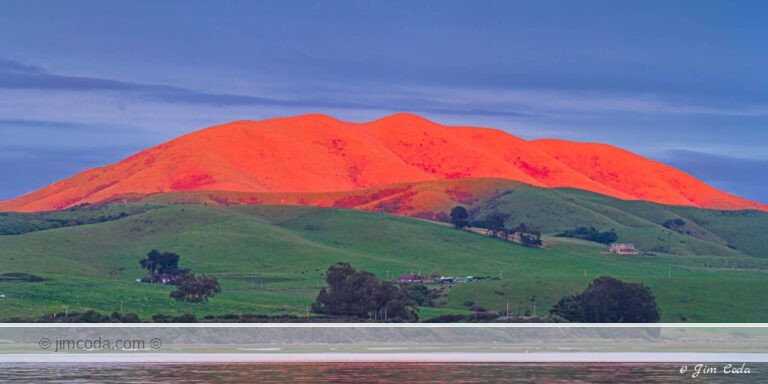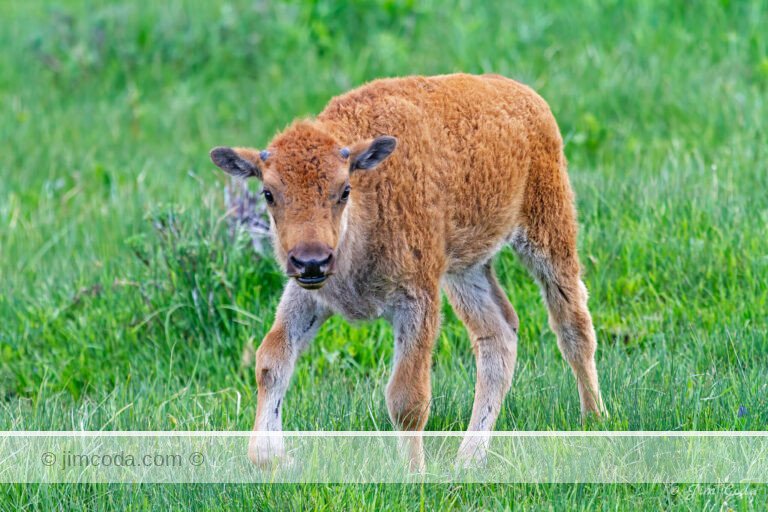Tag: pronghorn fawns
This pronghorn doe and her fawns were photographed near the northern boundary of the park.
About a year ago I posted a blog with my 10 favorite wildlife photos from 2011. Here are my 10 favorites...
Mom and the Kids
I almost always see red foxes in Yellowstone, but I’ve never gotten a good photo...
Well, not really. It’s just that they’re not grazing on grass as much any more and thus...
No articles found
Prints for sale
Browse my selection of photos for sale as fine art prints
Filter by category
Sorry, no prints in this category









